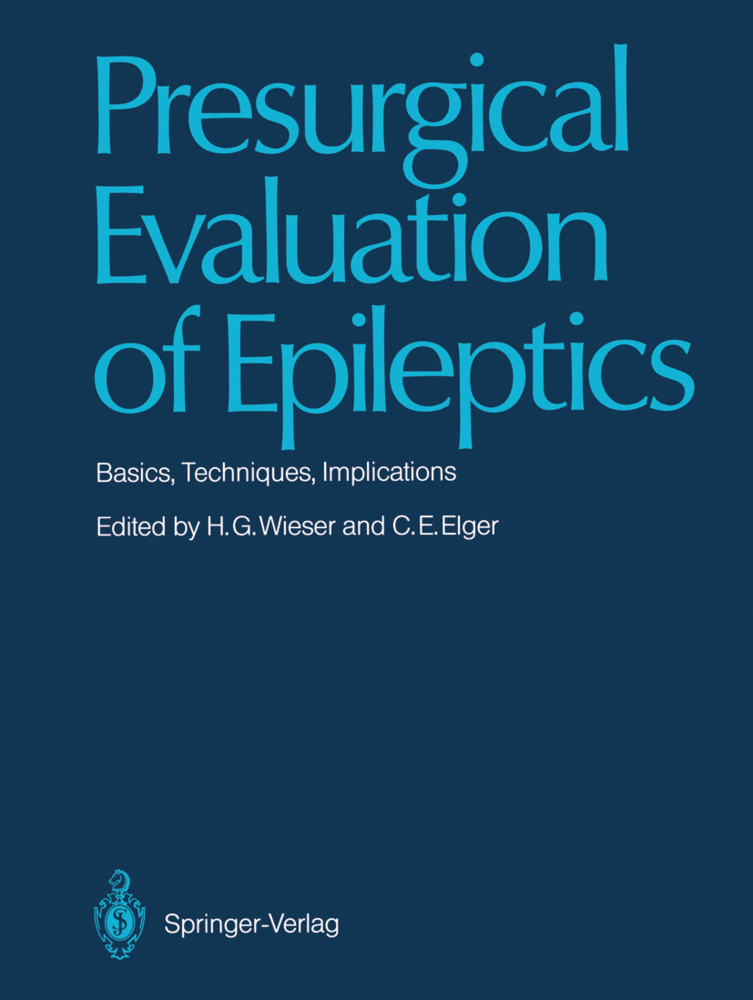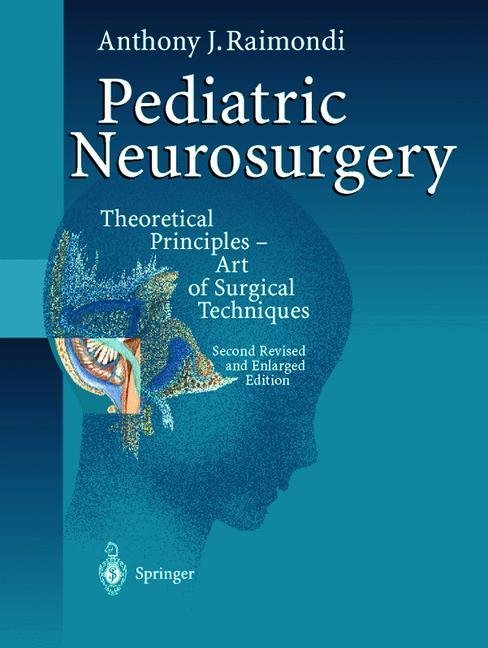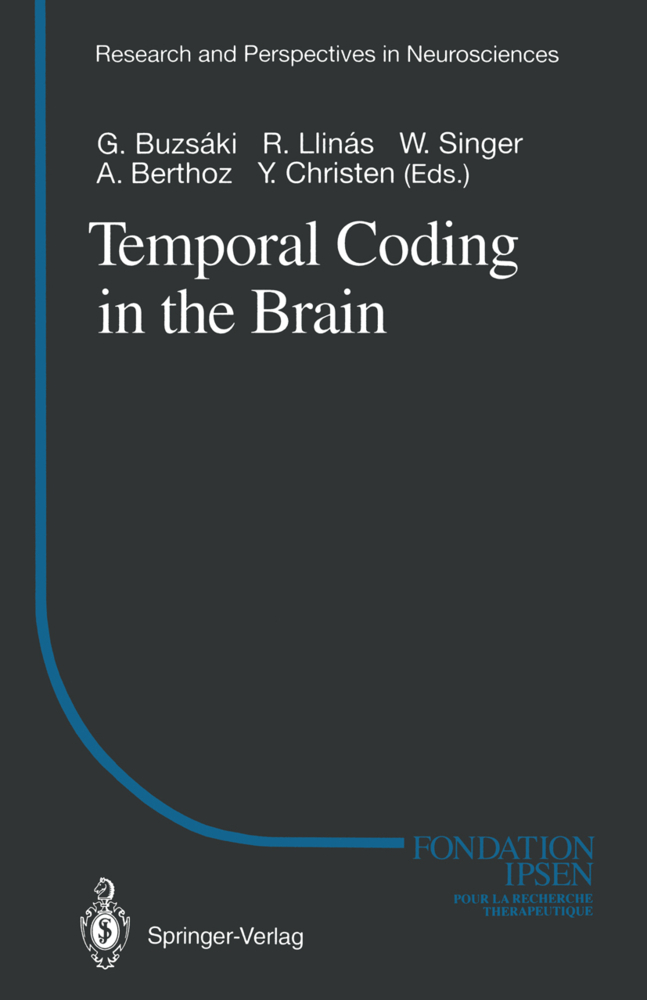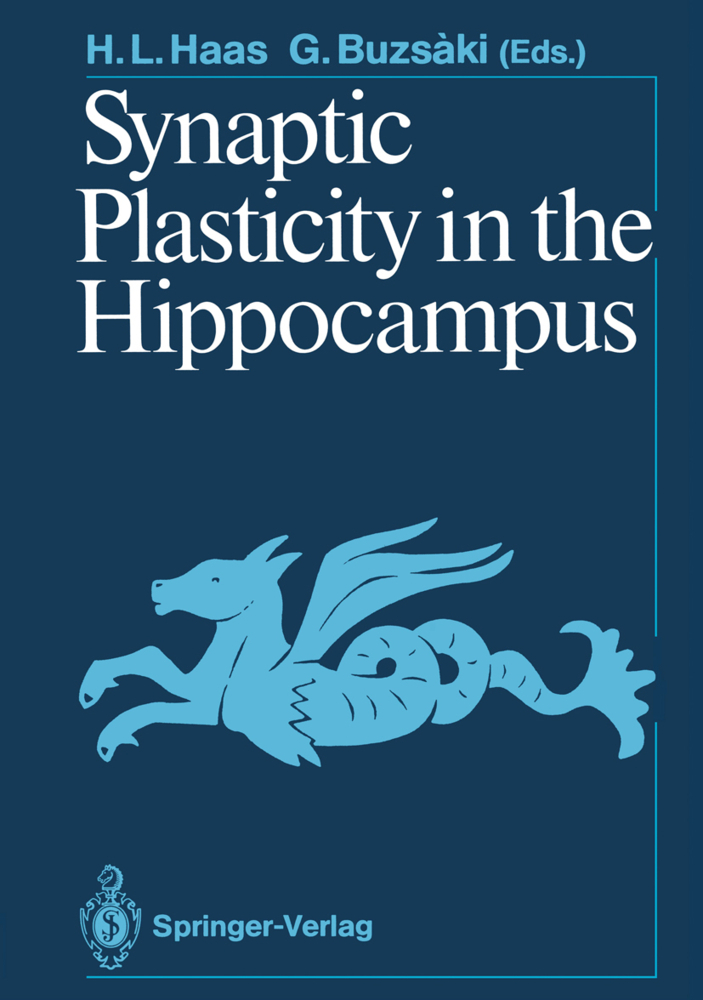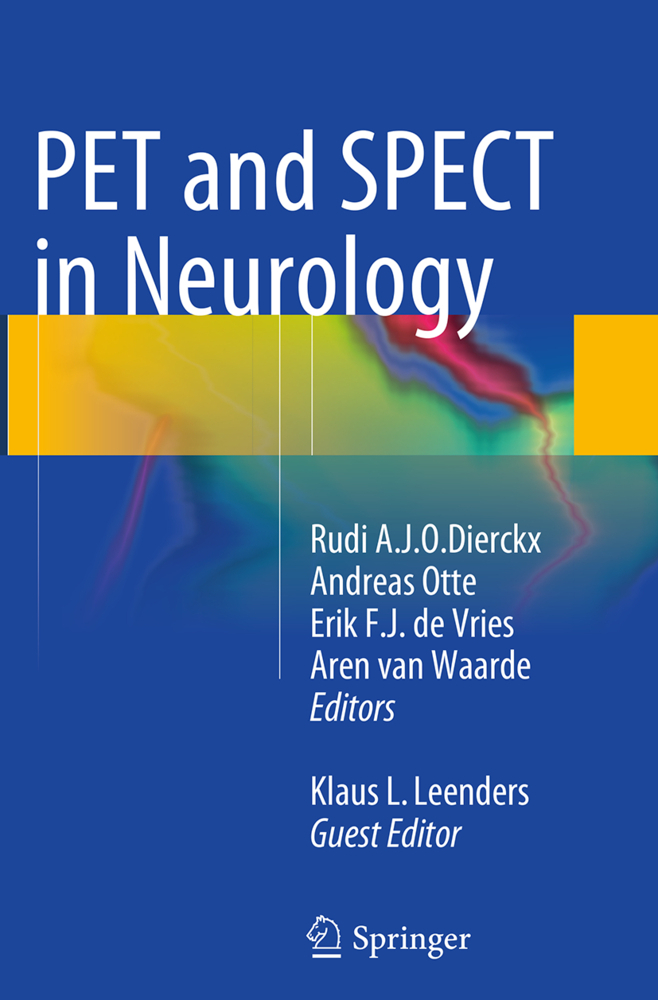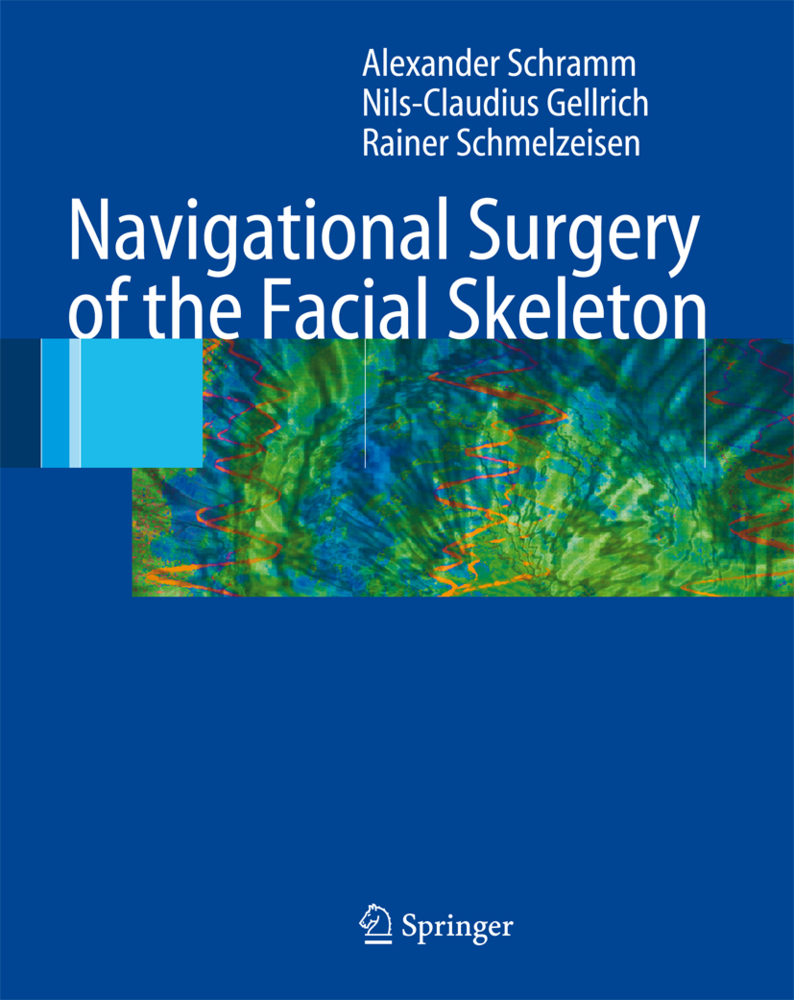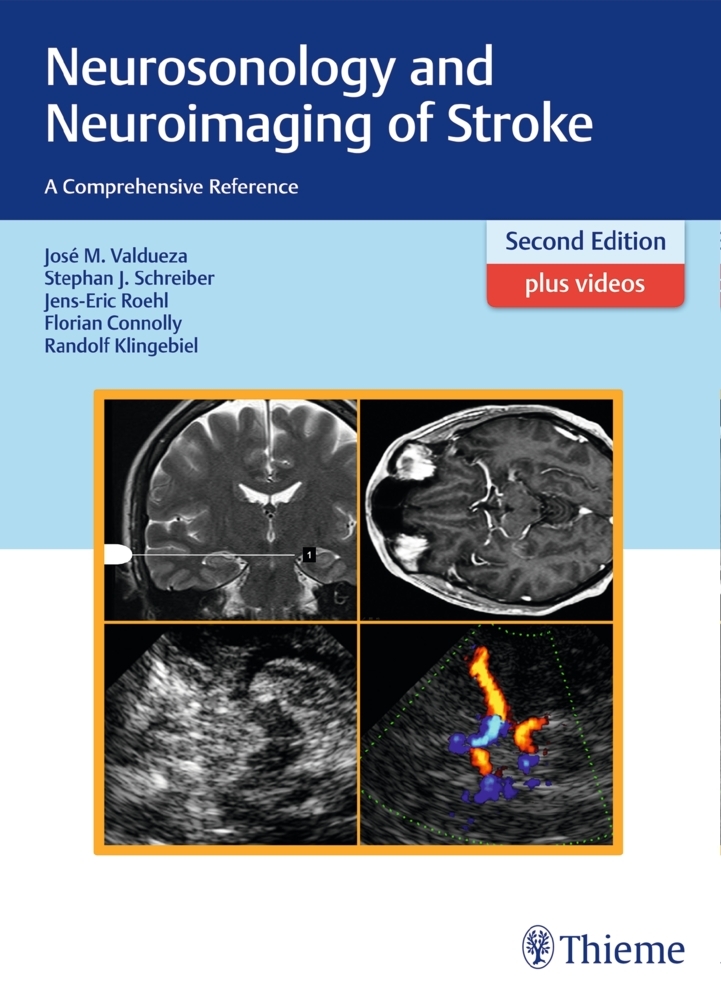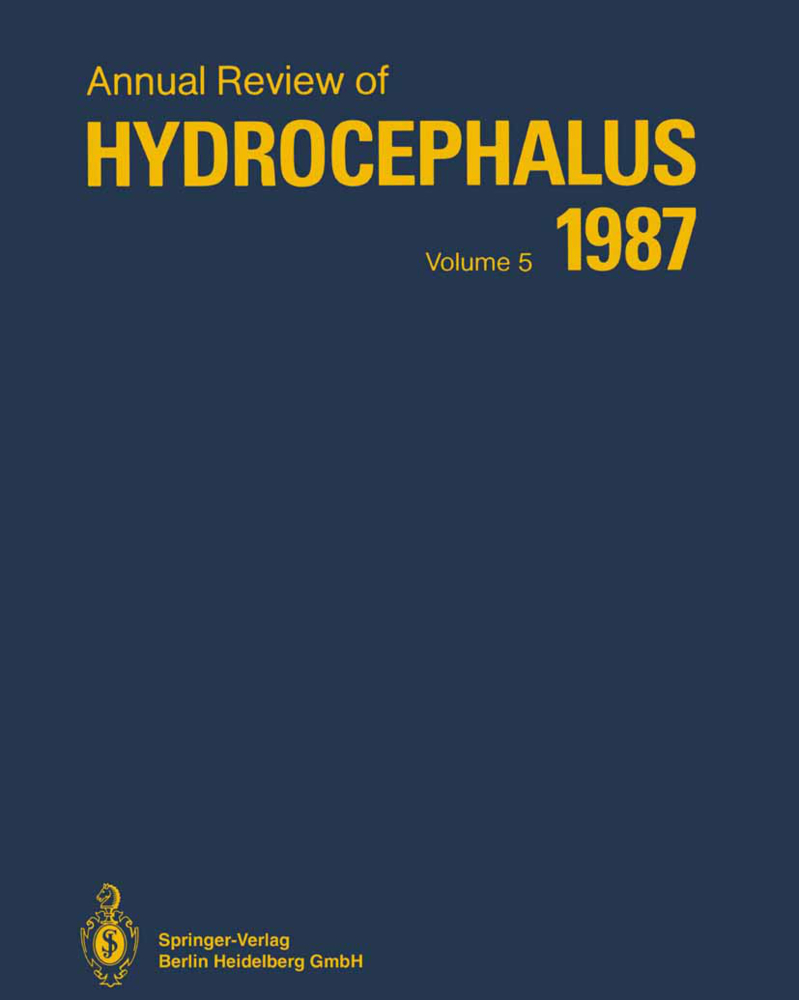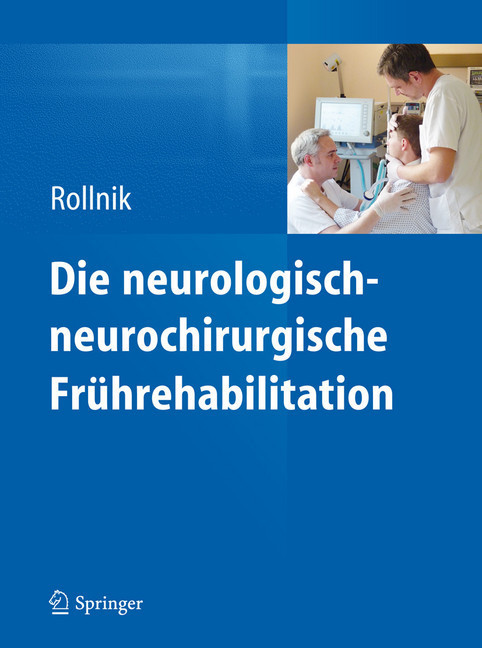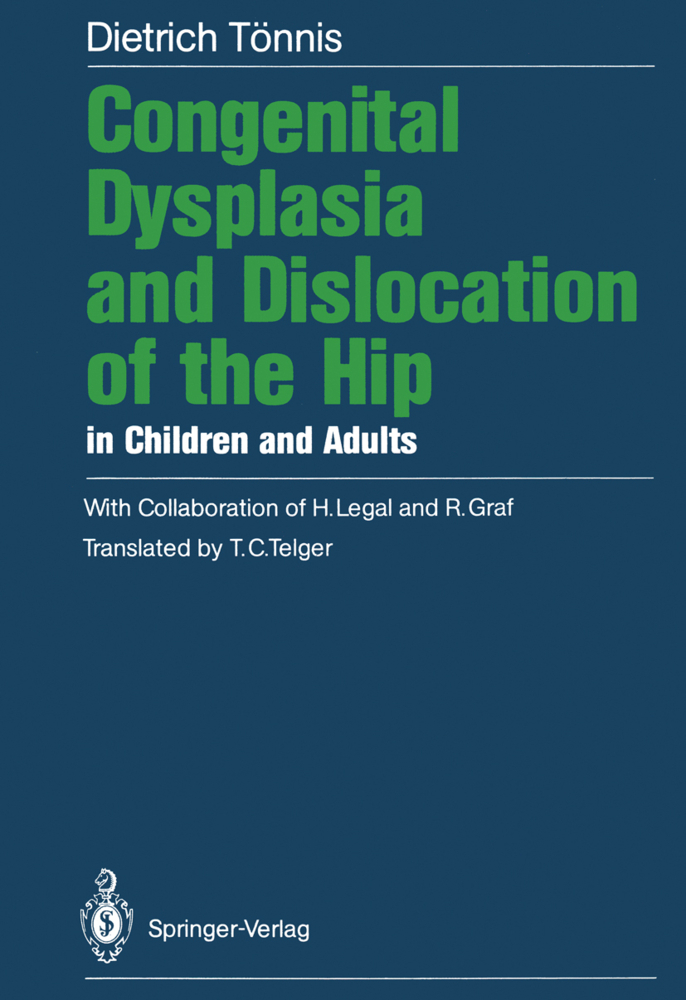Presurgical Evaluation of Epileptics
Basics, Techniques, Implications
Presurgical Evaluation of Epileptics
Basics, Techniques, Implications
From the 12th to the 15th September 1985 the International Symposium on Methods of Presurgical Evaluation of Epileptic Patients: Basics, Techniques, and Implications for Epileptology and Surgical Epilepsy Therapy was held in Zurich. This symposium was a consequence of the increasing recognition by Europeans, especially from Ger man-speaking countries, of a growing need for surgical therapy of epileptics. The main aim was to provide a venue for critical review and lively discussion of presurgical eval uation protocols, with special emphasis on the electrophysiological aspects, including in vasive techniques. To provide a necessary background, some basic aspects along with postsurgical results had to be dealt with by leading experts in the different fields of ex perimental and clinical epileptology and neurosurgery. It was intended to be an inter national but moderately scaled meeting. Finally, however, in addition to the European contingent, there were participants from Australia, Brazil, Canada, Israel, Japan, Korea, and the United States of America, including pioneers from the surgically active centers. This international discussion was surely facilitated by the close temporal relation ship to the International Congresses (XIIIth World Congress of Neurology and XVIth Epilepsy International Congress) which took place in Hamburg. And, probably most important, is the fact that the Zurich symposium was dedicated to Prof. Rudolf Hess and his lifelong devotion to epilepsy diagnosis and treatment in Switzerland, as out lined in the Honorary Address by his eminent colleague and personal friend, Prof. Henri Gastaut.
Hodology of Limbic and Related Structures: Cortical and Commissural Connections
The Role of Limbic and Related Structures in the "Making" of Behavior: The Lessons from Animal Experimentation
Physiology of the Frontal Cortex
Editors' Commentary 1
II. Pathophysiology
Basic Epileptology
Special Features of the Hippocampal Formation with Respect to Seizure Conditions
The Kindling Model of Epilepsy of the Hippocampus in the Rat: Electrophysiology and Behavior
III. Potential Generation
Generation of Epileptiform Field Potentials in the Cerebral Cortex
Volume Conductor Principles: Their Application to the Surface and Depth Electroencephalogram
Editors' Commentary 2
IV. Pathology
Pathological Findings Caused by Seizures, with Particular Reference to the Temporal Lobe
Pathological Changes Relevant for Seizure Generation
Chairman's Commentary
V. Neuropsychology
Specific Detection of Epileptic Disorders in Clinical Neuropsychology
Problems of Learning and Memory: Comparison of Performances Before and After Surgical Therapy
Intracarotid Amobarbital Testing and Assessment of Speech Laterality
Lateralization and Intrahemispheric Localization of Language and Memory During Surgical Therapy of Epilepsy
Editors' Commentary 3
Electrophysiological and Other Diagnostic Procedures
I. Diagnostic Tools
Electrode Technology
Future Trends in Electrode Technology
Magnetoencephalography and Epilepsy
Magnetic Resonance Imaging and the Epileptic Focus
The Use of Positron Emission Tomography in the Surgical Treatment of Epilepsy
Editors' Commentary 4
II. Diagnostic Procedures
Specific Neuroradiological Examinations Necessaryfor Stereotactic Procedures
Presurgical Epileptological Intensive Evaluation
Editors' Commentary 5
III. Electrophysiological Focus Localization
Conventional Electroencephalography
Special Extracranial Electrodes
Foramen Ovale Electrode Recordings
Electrocorticography
Stereo-Electroencephalography
Comparison Between Electrophysiological Approaches for Presurgical Evaluation
IV. Computerized Analysis of Seizure Potentials
Spread of Epileptic Seizure Activity in Experimental and Clinical Epilepsy: The Use of Mutual Information Analysis
Evaluation of Relationships Between Seizure Potentials
Editors' Commentary 6
Electroclinical Semiology of the Epilepsies
Limbic Seizures
The Significance of Phase Structure in Mesiotemporal Seizures in Relation to Clinical Manifestations
Neocortical Temporal Seizures
Complex Partial Seizures of Frontal Lobe Origin
Focal Epilepsies of Nontemporal and Nonfrontal Origin
Startle Epilepsy with Infantile Brain Damage: The Clinical and Neurophysiological Rationale for Surgical Therapy
Symptomatic Partial Epilepsies with Secondary Bilateral Synchrony: Differentiation from Symptomatic Generalized Epilepsies of the Lennox-Gastaut Type
Editors' Commentary 7
The Surgical Approach: Preconditions, Rationale, Efficacy
Drug-Resistant Partial Epilepsy: Clinical and Pharmacological Criteria
Preoperative Indicators for Optimal Surgical Outcome for Temporal Lobe Epilepsy
The Preoperative Electroclinical Evaluation Determines Postoperative Seizure Control after Temporal Lobectomy
High-Level Drug Therapy Versus Surgical Treatment: Long-Term Outcome
Cortical Resection for Multilobe Epileptogenic Lesions
Selective Microsurgical Resections
Stereotactic Surgery for Epilepsy
Consequences for thePresent Practice of Epilepsy Therapy in Europe
Consequences for the Present Practice of Epilepsy Therapy in Europe
Editors' Commentary 8
Concluding Remarks
Concluding Remarks
Clinical Questionnaire (In a pocket inside the back cover).
Basic Considerations Relevant to Seizure Origin and Spread
I. Anatomical and Physiological DataHodology of Limbic and Related Structures: Cortical and Commissural Connections
The Role of Limbic and Related Structures in the "Making" of Behavior: The Lessons from Animal Experimentation
Physiology of the Frontal Cortex
Editors' Commentary 1
II. Pathophysiology
Basic Epileptology
Special Features of the Hippocampal Formation with Respect to Seizure Conditions
The Kindling Model of Epilepsy of the Hippocampus in the Rat: Electrophysiology and Behavior
III. Potential Generation
Generation of Epileptiform Field Potentials in the Cerebral Cortex
Volume Conductor Principles: Their Application to the Surface and Depth Electroencephalogram
Editors' Commentary 2
IV. Pathology
Pathological Findings Caused by Seizures, with Particular Reference to the Temporal Lobe
Pathological Changes Relevant for Seizure Generation
Chairman's Commentary
V. Neuropsychology
Specific Detection of Epileptic Disorders in Clinical Neuropsychology
Problems of Learning and Memory: Comparison of Performances Before and After Surgical Therapy
Intracarotid Amobarbital Testing and Assessment of Speech Laterality
Lateralization and Intrahemispheric Localization of Language and Memory During Surgical Therapy of Epilepsy
Editors' Commentary 3
Electrophysiological and Other Diagnostic Procedures
I. Diagnostic Tools
Electrode Technology
Future Trends in Electrode Technology
Magnetoencephalography and Epilepsy
Magnetic Resonance Imaging and the Epileptic Focus
The Use of Positron Emission Tomography in the Surgical Treatment of Epilepsy
Editors' Commentary 4
II. Diagnostic Procedures
Specific Neuroradiological Examinations Necessaryfor Stereotactic Procedures
Presurgical Epileptological Intensive Evaluation
Editors' Commentary 5
III. Electrophysiological Focus Localization
Conventional Electroencephalography
Special Extracranial Electrodes
Foramen Ovale Electrode Recordings
Electrocorticography
Stereo-Electroencephalography
Comparison Between Electrophysiological Approaches for Presurgical Evaluation
IV. Computerized Analysis of Seizure Potentials
Spread of Epileptic Seizure Activity in Experimental and Clinical Epilepsy: The Use of Mutual Information Analysis
Evaluation of Relationships Between Seizure Potentials
Editors' Commentary 6
Electroclinical Semiology of the Epilepsies
Limbic Seizures
The Significance of Phase Structure in Mesiotemporal Seizures in Relation to Clinical Manifestations
Neocortical Temporal Seizures
Complex Partial Seizures of Frontal Lobe Origin
Focal Epilepsies of Nontemporal and Nonfrontal Origin
Startle Epilepsy with Infantile Brain Damage: The Clinical and Neurophysiological Rationale for Surgical Therapy
Symptomatic Partial Epilepsies with Secondary Bilateral Synchrony: Differentiation from Symptomatic Generalized Epilepsies of the Lennox-Gastaut Type
Editors' Commentary 7
The Surgical Approach: Preconditions, Rationale, Efficacy
Drug-Resistant Partial Epilepsy: Clinical and Pharmacological Criteria
Preoperative Indicators for Optimal Surgical Outcome for Temporal Lobe Epilepsy
The Preoperative Electroclinical Evaluation Determines Postoperative Seizure Control after Temporal Lobectomy
High-Level Drug Therapy Versus Surgical Treatment: Long-Term Outcome
Cortical Resection for Multilobe Epileptogenic Lesions
Selective Microsurgical Resections
Stereotactic Surgery for Epilepsy
Consequences for thePresent Practice of Epilepsy Therapy in Europe
Consequences for the Present Practice of Epilepsy Therapy in Europe
Editors' Commentary 8
Concluding Remarks
Concluding Remarks
Clinical Questionnaire (In a pocket inside the back cover).
Wieser, Heinz G.
Elger, Christian E.
| ISBN | 9783642711053 |
|---|---|
| Artikelnummer | 9783642711053 |
| Medientyp | Buch |
| Auflage | Softcover reprint of the original 1st ed. 1987 |
| Copyrightjahr | 2012 |
| Verlag | Springer, Berlin |
| Umfang | 389 Seiten |
| Abbildungen | XXI, 389 p. |
| Sprache | Englisch |

